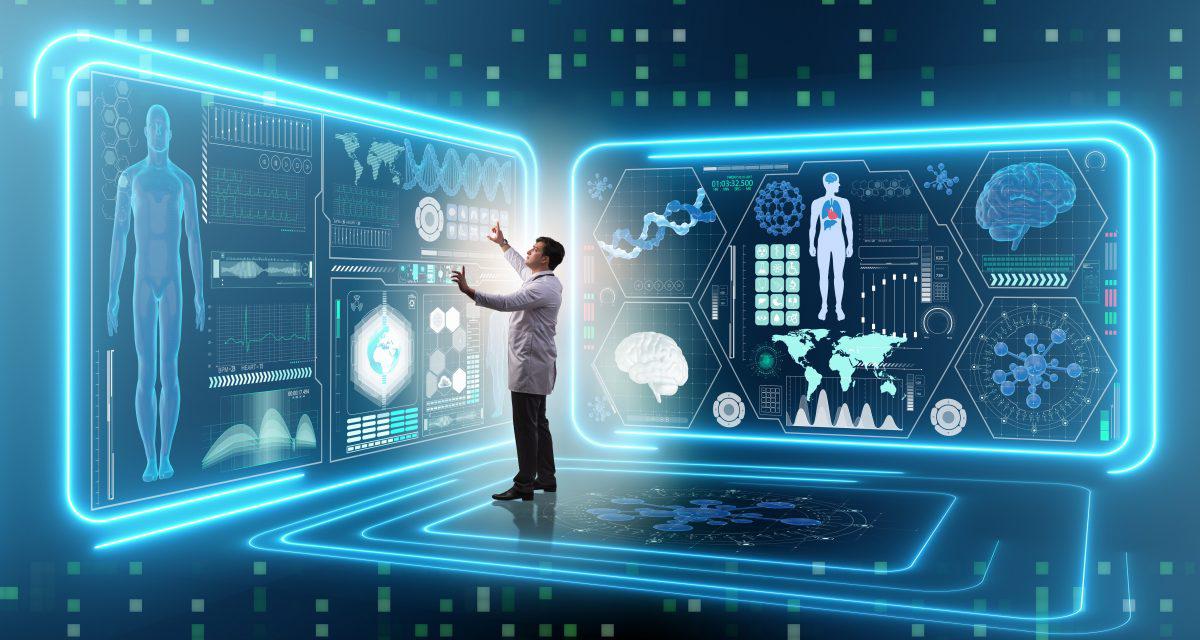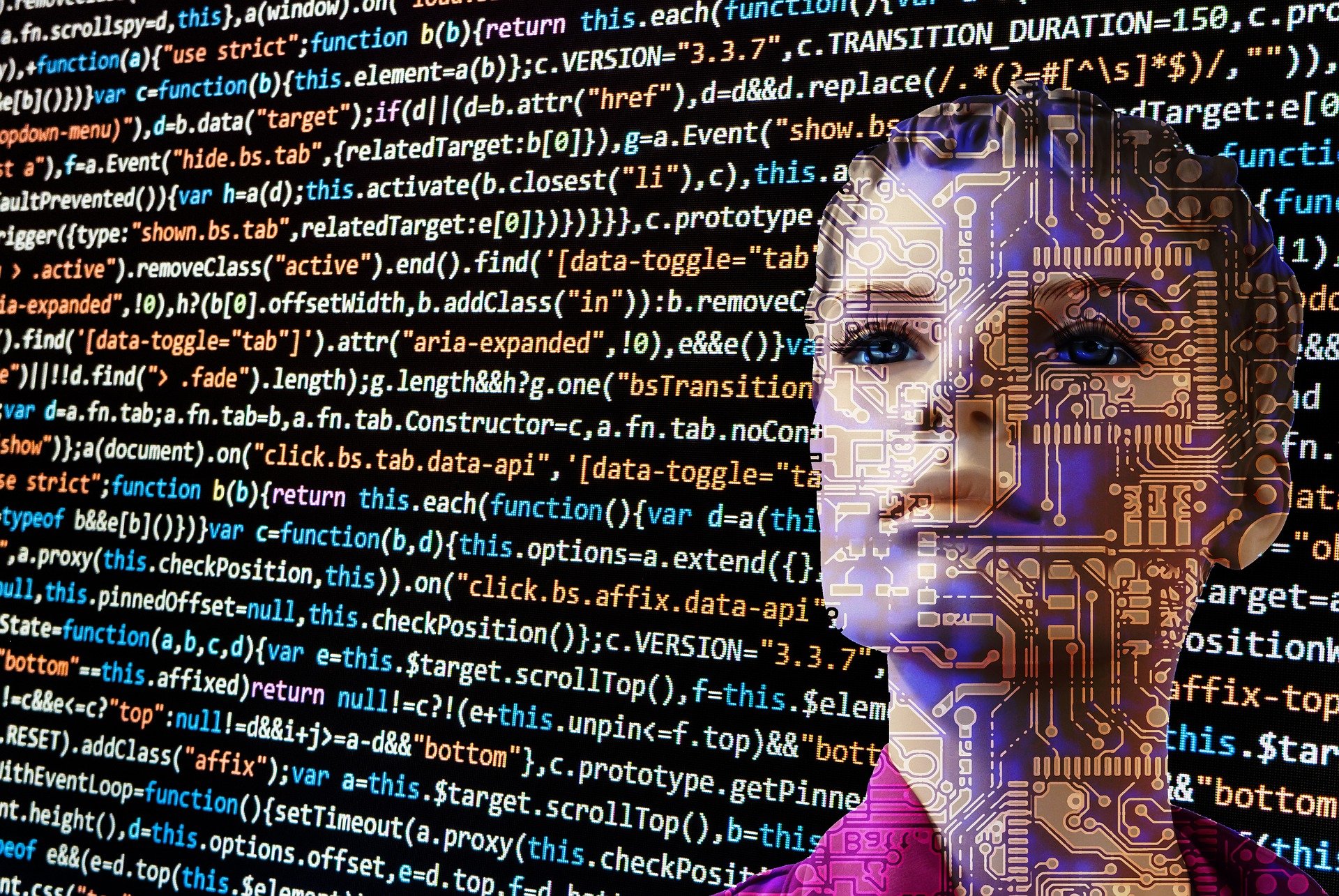
How Artificial Intelligence can Impact the Future of Healthcare
The advancements in tech in almost every walk of life have become inspiring to countless people living in the 21st century. With the concept of advanced machine consciousness coming so close to the real one has envisioned, we see huge scope for improvements in automation and precision in almost every task that we perform. Artificial Intelligence (AI), in measure of its different aspects, has found its way into almost every sector, including essential services like healthcare. From reducing the overall cost of storing and procuring digital medical records of a person to providing extremely precise treatments for different cancer patients, and with all of this being done in a very short span of time, the very concept of “Machine Learning” has dug its roots deep into the contemporary healthcare division.
Machine Learning (ML) is a feature of Artificial Intelligence that enables a computer to perform various tasks and learn more by way of collecting and analyzing data with minimal human intervention. It works on the basis of forming algorithms that improve automatically with experience and also when the machine receives new data.
Mandatory practices such as preserving Electronic Medical Records (EMR) have effectively prepared medical care frameworks for applying Big Data tools for cutting edge data analytics. In that case, AI/ ML devices are bound to increase the value of this stream as they are required to improve the nature of automation and precise decision making in both primary and tertiary patient considerations as well as public medical services frameworks, and this right here could be the single greatest effect that AI devices can have as they’re looking to redefine the very idea of personal satisfaction for billions of people around the world.
While sustainable development is the future, hospitals, and healthcare systems are looking for long-term virtual health solutions. In this regard, the questions most frequently asked are, “Can I trust that my patients would be better served through the application of machine learning?” or “How long will this product last and how much will it evolve over the next few years?”
Without the choice and availability of ML integration into tech, we have seen people opt for products that are usually inefficient and unproductive for completing tedious workflows that involve health enablement. What customers need to realize is that Machine Learning aims to enhance experiences for both the provider and the patient via a single, integrated solution that reduces the overall burnout time, improves outcome, reduces operating costs, and ultimately results in max efficiency.
The greatest benefit of AI bots in healthcare is their effect on reducing the amount of time spent waiting to see a physician. The bot can automatically initiate several protocols such as providing consent forms, registering the patient’s symptoms, intake and triage while providing familiar diagnostic information much similar to a first-hand experience.
In this way, ML integration would constructively diminish the responsibilities of the regular staff members, who would then be able to give time to other, less-explored medical facets, those that would perhaps require a more “human touch.”
Pioneering in the AI and ML innovation space guarantees a future wherein our aim would be centered around building a more extensive set of virtual teams and patient joint effort capabilities. The current Artificial Intelligence -coordinated virtual health platforms are building manageability for medical care associations and their patients, while also ensuring that administrative consistency (which includes the latest ADT Event Notification Conditions of Participation for CMS) is met every year.
The most complex forms of Machine Learning involve “deep learning” or “neural network models” with many levels of features or variables that predict outcomes. There may be a great many secret highlights in such models, which may be revealed by the quicker handling of present designs, preparing units, and cloud structures. Nowadays, deep learning is increasingly used for speech recognition, and as such, is a form of natural language processing. Unlike earlier forms of statistical analysis, each feature in a deep learning model has typically little meaning to a human observer. As a consequence, the explanation of the model’s outcomes may be very difficult or impossible to interpret.
Lastly, there are a variety of moral ramifications around the utilization of AI/ML in medical care. Medical services choices have been made only by people before, and the utilization of keen machines to make or help with them raises issues of responsibility, transparency, authorization, and privacy. Mistakes will undoubtedly be made by Artificial Intelligence systems in patient diagnosis and treatment, and it may be difficult to establish accountability for them. Machine learning systems in healthcare may also be subject to algorithmic bias, perhaps predicting a greater likelihood of disease on the basis of gender or race when those are not actually causal factors. So while the integration of Machine Learning into the healthcare sector would prove to be very essential and productive, certain rudimentary and developmental wrinkles will have to be ironed out in order to increase their effectiveness and efficiency, while also taking concerns of privacy into consideration.









